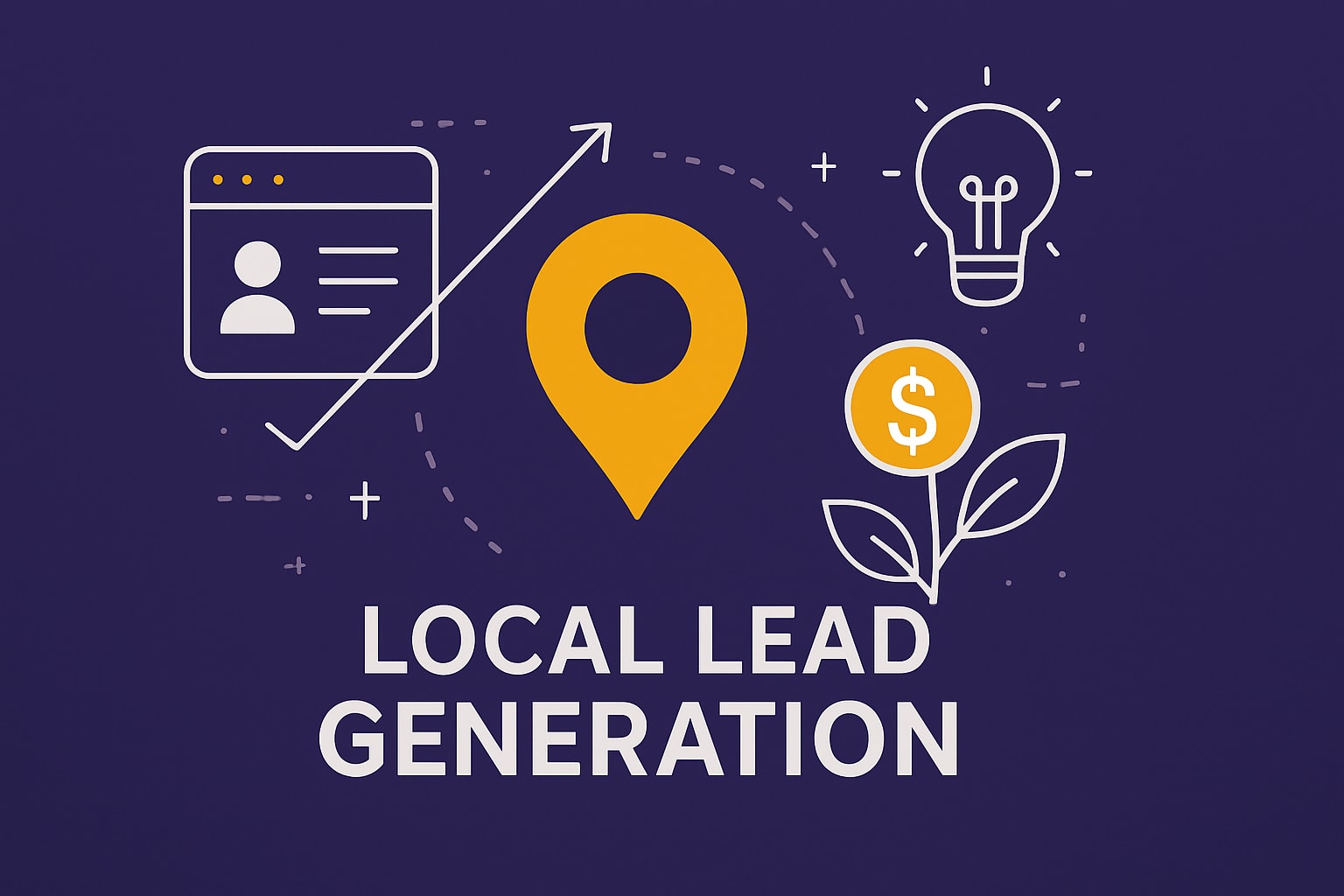As the field of artificial intelligence advances, researchers at Stanford University have developed a new type of computational software agent called generative agents. These agents can simulate human behavior in a believable manner, perform various actions, interact with each other, and even exhibit unique personalities. In this article, we will delve into the workings of generative agents, their potential applications, and the future of this innovative technology.
Understanding Generative Agents and Their Functionality?
Generative agents employ an advanced architecture that enhances the capabilities of large language models (LLMs) by capturing and processing the agent's experiences in natural language. This innovative approach is made up of three key components:
Memory Stream: This serves as the foundation of the agent architecture, meticulously recording the agent's experiences for future reference.
Reflection: This component takes the recorded experiences and synthesizes them into more sophisticated inferences, enabling the agent to learn and adapt over time.
Planning: With a wealth of higher-level inferences at its disposal, the planning component translates these insights into actionable plans, allowing agents to respond dynamically to their environment.
The Sandbox Environment: A Simulation of Reality
To showcase the capabilities of generative agents, researchers created an interactive sandbox environment that resembles the popular game, The Sims. This environment features 25 agents, each with their own personalities, preferences, skills, and goals. Users can interact with these agents using natural language, giving them commands or engaging in their activities. The environment evolves dynamically, with agents influencing one another and their surroundings, providing a rich and immersive simulation of human behavior.
The agents in the sandbox environment exhibit individual and social behaviors, each with their own unique story and personality. For example, Roxanne, an aspiring painter, spends her free time honing her skills and trying to impress Dave, a writer. James, a fitness enthusiast, competes with Ben, another trainer at the gym, while Eve, a journalist, investigates various topics and collaborates with her photographer friend, John. These are just a few examples of the countless interactions that can occur between generative agents in the sandbox environment.
Architectural Foundations: How Generative Agents Generate Realistic Behavior
Generative agents use an architecture that extends a large language model (LLM) like GPT-3 or BERT to store a complete record of an agent's experiences in natural language. This architecture comprises three main components: observation, planning, and reflection. These components work together, enabling generative agents to generate realistic and consistent behaviors reflecting their personalities, preferences, skills, and goals. Furthermore, this architecture allows for natural language communication between users, agents, and other agents.
Assessing Credibility: A Comparison of Generative Agents to Human Actors
Researchers conducted an evaluation study to assess the believability of generative agents in comparison to human actors, scripted agents, and random agents. Participants rated agents on coherence, consistency, personality, emotion, and other factors. The results indicated that generative agents outperformed(!) scripted and random agents in all aspects of believability. They also surpassed human actors in coherence and consistency, although they fell short in personality, emotion, and sociality. These shortcomings were attributed to language model limitations and the absence of non-verbal cues in the simulation.
Unleashing the Potential: Future Applications of Generative Agents
Generative agents hold significant potential in various domains. In entertainment, they can create immersive virtual worlds or interactive stories. Educational applications include teaching social skills or fostering cultural awareness.
Generative agents have the potential to replace sales development representatives (SDRs) in the future. SDRs are responsible for finding and qualifying potential customers for a business. However, their job can be time-consuming and repetitive. With the help of generative agents, businesses can automate the process of identifying and engaging potential customers. Generative agents can analyze specific customer data and generate personalized messages that can be sent to potential customers. This approach can save time and resources while also improving the efficiency and effectiveness of the sales process. While this technology is still in its early stages, the potential for its application in B2B sales is vast.
However, generative agents are not without limitations. They may produce errors or inconsistencies due to language model or simulation environment
To sum up, generative agents hold great promise as an area of research and development in the field of artificial intelligence. The fusion of large language models with interactive agents has resulted in novel architectural and interaction patterns that enable realistic simulations of human behavior. As this technology continues to progress, the potential applications and impact of generative agents in various fields are undoubtedly immense.









